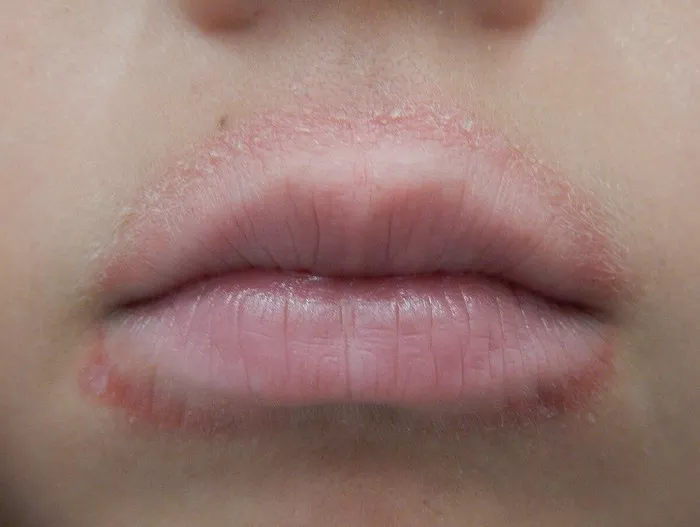Eczema, a chronic inflammatory skin condition, affects millions worldwide, presenting various forms and severities. Among them, atopic dermatitis (AD) stands out as one of the most challenging types, particularly when it manifests in its severe form. Its relentless itch, painful flare-ups, and profound impact on quality of life make severe atopic dermatitis a formidable adversary for patients and healthcare providers alike. In this comprehensive exploration, we delve into the intricacies of severe atopic dermatitis, elucidating its characteristics, causes, treatment challenges, and the evolving landscape of therapeutic interventions.
Defining Severe Atopic Dermatitis
Atopic dermatitis is a multifactorial disorder characterized by intense itching, redness, and inflammation of the skin, often accompanied by dryness, cracking, and oozing lesions. While mild cases may be manageable with topical treatments and lifestyle modifications, severe atopic dermatitis poses significant clinical and psychological burdens.
The severity of atopic dermatitis is typically assessed based on various factors, including the extent of skin involvement, intensity of itching, frequency of flare-ups, and impact on daily activities. Severe cases often exhibit extensive skin lesions, which may cover a significant portion of the body surface area, leading to compromised skin barrier function and increased susceptibility to infections.
The Pathophysiology of Severe Atopic Dermatitis
The pathogenesis of atopic dermatitis is complex and involves a combination of genetic predisposition, immune dysregulation, environmental triggers, and impaired skin barrier function. In individuals with severe atopic dermatitis, aberrant immune responses play a pivotal role in perpetuating inflammation and driving disease progression.
Key players in the pathophysiology of severe atopic dermatitis include T-helper type 2 (Th2) cells, which produce cytokines such as interleukin (IL)-4, IL-13, and IL-31, promoting allergic inflammation and pruritus. Additionally, defects in filaggrin, a protein crucial for maintaining skin barrier integrity, are common in patients with atopic dermatitis, predisposing them to heightened skin sensitivity and susceptibility to irritants and allergens.
The Clinical Burden of Severe Atopic Dermatitis
Beyond the physical manifestations, severe atopic dermatitis exerts a profound impact on patients’ quality of life, affecting their emotional well-being, social interactions, and occupational functioning. The relentless itch experienced by patients with severe atopic dermatitis can disrupt sleep patterns, leading to chronic fatigue and impaired cognitive function.
Furthermore, the visible nature of skin lesions in severe atopic dermatitis can evoke feelings of embarrassment, shame, and social stigma, exacerbating psychological distress and contributing to depression and anxiety disorders. The psychological sequelae of severe atopic dermatitis underscore the importance of holistic management approaches that address both the physical and emotional aspects of the disease.
Challenges in the Management of Severe Atopic Dermatitis
Despite advances in our understanding of atopic dermatitis pathophysiology, managing severe cases remains a formidable challenge. Traditional treatment modalities, including emollients, topical corticosteroids, and calcineurin inhibitors, aim to alleviate symptoms and restore skin barrier function. However, their efficacy may be limited in severe cases, necessitating systemic therapies to achieve disease control.
Systemic immunosuppressive agents, such as cyclosporine, methotrexate, and azathioprine, have been used off-label in severe atopic dermatitis to modulate immune responses and reduce inflammation. However, their long-term use is associated with potential side effects, including nephrotoxicity, hepatotoxicity, and increased susceptibility to infections, necessitating close monitoring and regular follow-up.
Emerging Therapeutic Strategies
In recent years, the landscape of atopic dermatitis management has witnessed a paradigm shift with the advent of targeted biologic therapies. Monoclonal antibodies directed against key mediators of atopic dermatitis, such as IL-4, IL-13, and IL-31, have shown promising results in clinical trials, offering targeted and personalized treatment options for patients with severe disease.
Dupilumab, a monoclonal antibody that inhibits the action of IL-4 and IL-13, was the first biologic agent approved for the treatment of moderate to severe atopic dermatitis. Clinical trials have demonstrated its efficacy in reducing disease severity, improving quality of life, and reducing the need for concomitant topical therapies in patients with severe atopic dermatitis.
Beyond biologic therapies, other emerging treatment modalities show potential in the management of severe atopic dermatitis. Janus kinase (JAK) inhibitors, which target intracellular signaling pathways involved in immune activation, have shown efficacy in clinical trials, offering an alternative therapeutic approach for patients who do not respond to or cannot tolerate traditional therapies.
Conclusion
Severe atopic dermatitis represents a formidable clinical challenge, characterized by intense itching, widespread skin inflammation, and profound impairment of quality of life. While traditional treatment modalities aim to alleviate symptoms and restore skin barrier function, the advent of targeted biologic therapies has revolutionized the management landscape, offering new hope for patients with severe disease.
However, despite these therapeutic advances, significant unmet needs remain in the management of severe atopic dermatitis. Further research is needed to elucidate the underlying pathophysiological mechanisms, identify novel therapeutic targets, and optimize treatment strategies to improve outcomes and enhance the quality of life for patients living with this debilitating condition.
[inline_related_posts title=”You Might Be Interested In” title_align=”left” style=”list” number=”6″ align=”none” ids=”1303,1300,1295″ by=”categories” orderby=”rand” order=”DESC” hide_thumb=”no” thumb_right=”no” views=”no” date=”yes” grid_columns=”2″ post_type=”” tax=””]
























